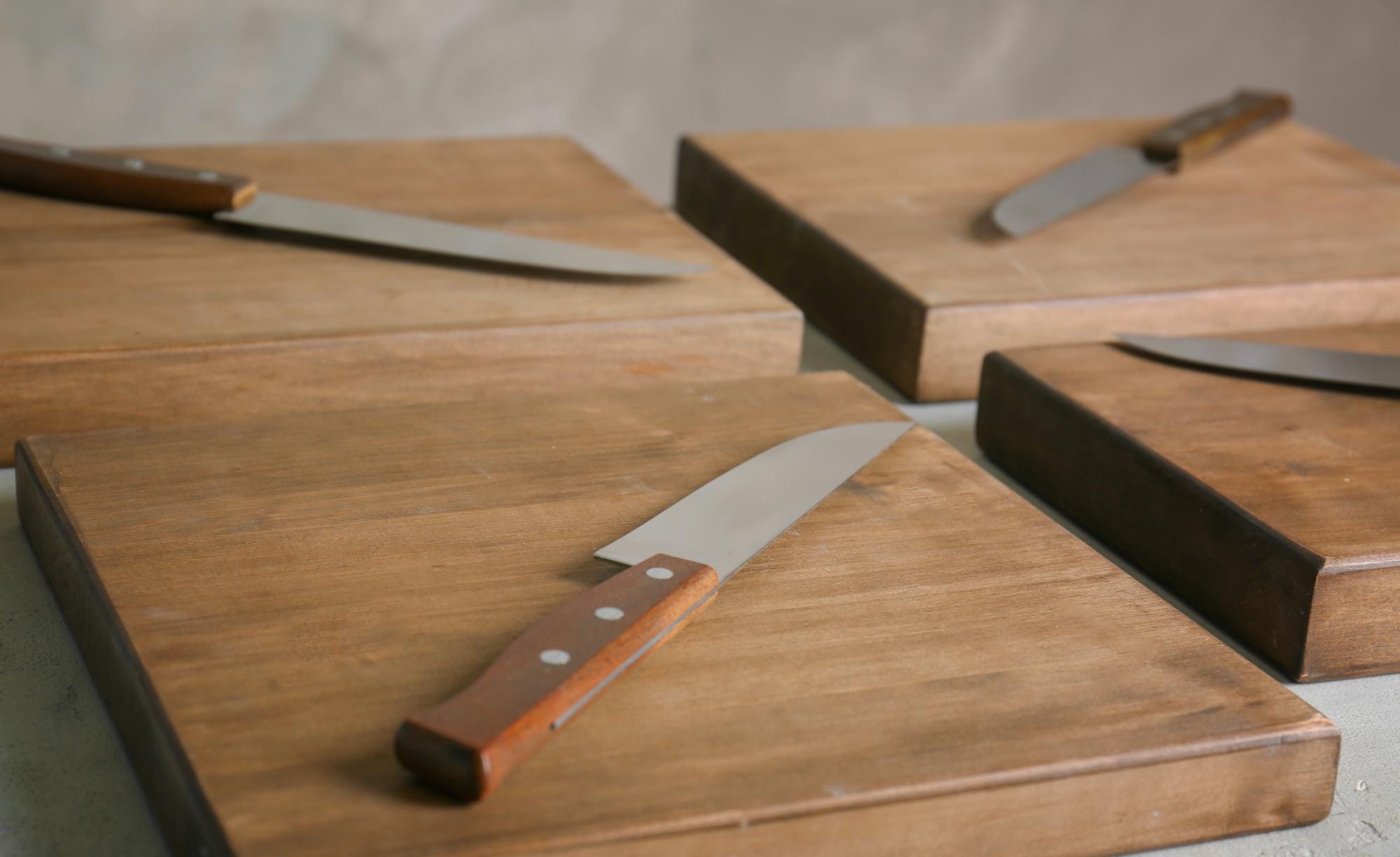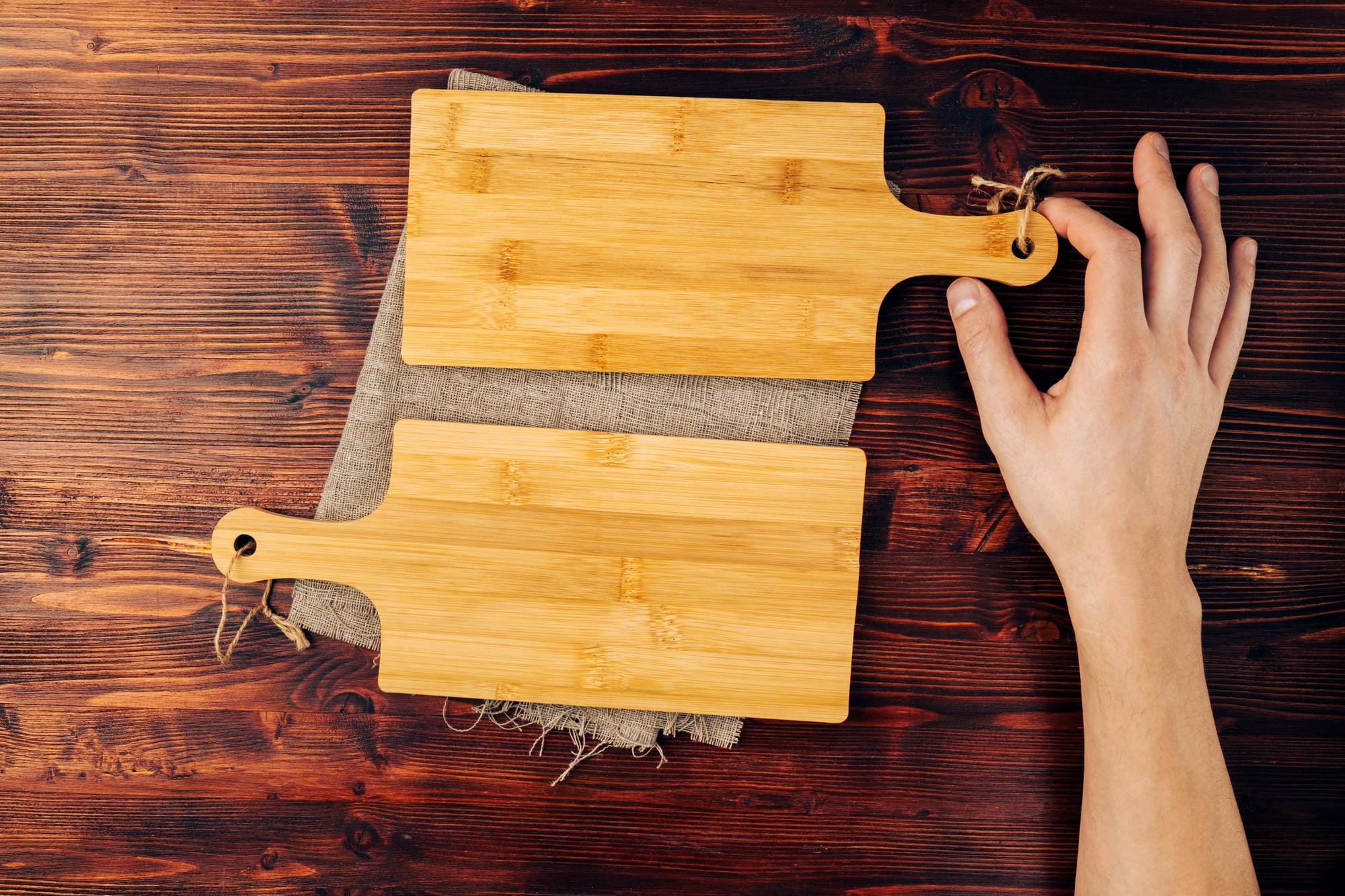
Wood flooring has always extended beyond just visual appeal. It holds stories in every grain, marks the meter of diurnal life, and brings a natural warmth that many other accoutrements can offer. As home design evolves, so do flooring preferences. Homeowners are now leaning toward homestretches that feel authentic, lived heft, and textured, shells that reflect both artifice and character. In this shift, textured engineered wood flooring has become a name option, offering not only aesthetic uproariousness but also strength, stability, and style.
What Defines Textured Wood Flooring?

Texture in wood flooring isn’t just a stylistic point, it’s a tactile experience. While smooth homestretches are polished and refined, textured shells embrace defects to produce bottoms that feel predicated and real. There are several styles used to add texture to wood flooring, each creating a different visual effect. One of the most common ways is line-brushing. This process strips away the softer wood fibers, enhancing the contrast of the natural grain and giving the surface a gently weathered, textured appearance. Another popular approach is hand scraping, where crafters sculpt out uneven marks by hand to imitate the look of aged, worn wood, a style frequently seen in antique floorboards. Some homestretches indeed pretend aphorism marks or distressing, adding deeper grooves and rustic patterns that elicit decades of wear and tear, each done in a controlled, purposeful way.
What distinguishes textured engineered wood flooring from solid wood is its unique construction method. Engineered wood consists of a top subcaste of real hardwood glued over multiple layers of plywood or hardwood core. This structure gives it superior dimensional stability, allowing it to repel screwing or swelling in sticky or shifting conditions commodity that solid wood struggles with. At the same time, the textured top subcaste provides that authentic wood look and feel, whether it’s brushed oak, hand-scraped teak, or worried walnut. The result is a bottom that performs like an ultramodern material but carries the depth and character of quaint wood. It’s especially popular in settings where homeowners want visual warmth without sacrificing practicality, such as kitchens, entries, and open-plan living areas.
What Are the Benefits of Textured Bottoms?
The benefits of texture go far beyond the face. One of the biggest advantages of textured engineered wood flooring is its capability to hide signs of wear and tear. There is scraped wood floor that has been scratched dents clangs are especially common in homes with faves, children, or high-bottom business. On a smooth face, these excrescencies stand out sprucely. On a textured one, they blend in naturally, frequently getting part of the bottom’s overall character rather than a hideousity.
There’s also the issue of traction. Smooth bottoms, especially when finished with high-buff sealants, can be slippery, posing pitfalls in busy areas or for aged adults and youthful children. The uneven face of textured engineered wood flooring offers better grip underfoot, reducing the chance of slips.

It’s a subtle but precious safety point, particularly in spaces like bathrooms or kitchens where tumbles are more common. From a design perspective, textured bottoms add depth to innards. They bring visual interest to minimalist spaces and round a wide range of design styles from rustic grange to civic artificial. The natural grain and varied face catch light throughout the day, making the space feel dynamic and alive. Functionality and beauty aren’t always easy to find in a single material, but this kind of flooring delivers both. It’s finagled to perform, but it feels artisanal, like a commodity made by hand, not just by machine.
Difference Between Reclaimed and Textured Wood Flooring
To the untrained eye, textured wood and reclaimed wood may feel like siblings. Both exhibit a weathered, vintage appearance that tells a story steeped in history. But their origins and construction tell two veritably different stories, like teak wood recommendation that you can use for your home this year.

Reclaimed wood is rescued from old barns, manufactories, and major structures. It’s authentic, and each board carries its nail holes, sun-faded stains, and irregular cuts are part of its appeal. Using reclaimed wood is a sustainable choice, breathing new life into accoutrements that might otherwise be discarded. But it’s not without its complications. Reclaimed wood frequently requires fresh treatment before it can be safely used indoors. It can contain hidden nails, toxic substances such as lead-based paint, or even pests. Plank sizes are inconsistent, making installation more grueling, and the availability is limited, which can drive up the price.
On the other hand, textured engineered wood flooring is created to offer the same visual story without the logistical headaches. It’s new wood that’s been designed to look reclaimed. Every knot, groove, or scrape is drafted for thickness and performance. Because it’s finagled, it’s more stable and compatible with ultramodern installation ways like floating or cement-down styles. The result is flooring that delivers the rustic aesthetic of reclaimed wood with the trustworthiness of a contemporary product. You don’t have to worry about structural weakness or changeable coloring. What you see is what you get, and it stays beautiful for times to come.
For homeowners or contractors who love the idea of a bottom that feels lived-heft but still functions like new, this engineered option is frequently the perfect middle ground. It offers all the soul of aged timber, but with the control and continuity needed for moment’s spaces.
Choosing the right wood bottom is about further than aesthetics. It’s all about enhancing and complementing your lifestyle. With textured engineered wood flooring, you get the warmth and authenticity of natural wood, the strength of layered construction, and the added value of a finish that hides wear and tear and enhances safety. It’s a material that performs well and ages gracefully, making it a timeless foundation for any room.
If you’re considering this kind of flooring for your home or commercial project, it’s important to work with a supplier who understands both the craft and the innovation behind it. We are Jati Luhur Agung, a trusted name in wood manufacturing, offering a range of high-quality engineered wood options, including beautifully textured engineered wood flooring finishes designed to fit modern needs and classic tastes alike.
Visit our website to explore samples, get expert guidance, and find a flooring solution that combines heritage, strength, and stunning design. Your space deserves more than just a surface. It deserves a story built from the ground up.
A Chef’s Guide to Choosing The Right Professional Cutting Board
In any professional kitchen, precision, speed, and hygiene matter more than anything else. Chefs carefully select every tool to deliver consistent quality, and among those tools, the cutting board holds a surprisingly crucial role. Choosing the best professional cutting board isn’t just about picking something that looks good on your countertop, it’s about ensuring safety,…
Safe Woods for Cutting Boards: Things to Keep in Mind
When it comes to food preparation, choosing the right cutting board is more than just about style or design. It’s about hygiene, safety, and durability. When selecting a cutting board, it’s crucial to choose wood safe for cutting boards to maintain hygiene and long-lasting quality. Not all wood species are suitable for food-contact surfaces, some…
Our Picks for The Best Quality Wooden Cutting Boards
Picture yourself stepping into the kitchen, ready to create something delicious. You pick up your chef’s knife, place a fresh piece of salmon on the board, and start slicing. But here’s the thing: the quality of your cutting board can make or break that experience. A flimsy board slides around, absorbs stains, and dulls your…
- By:PT. Jati Luhur Agung
- Tags: reclaimed wood, textured wood flooring, wood flooring
- Category: Wood Flooring
- 0 comment




